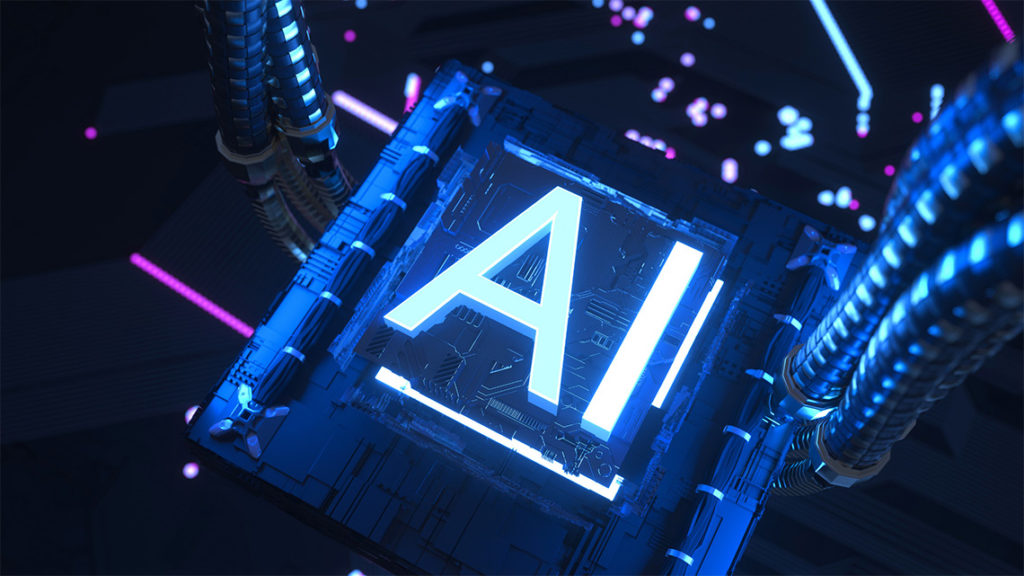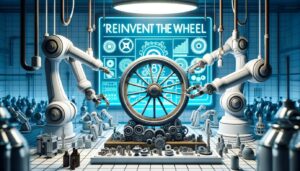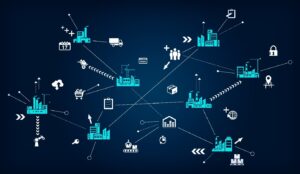Adaptive forecasting. Driverless trucks. Autonomous planning. AI is coming for your supply chain. Right?
In many ways, industry watchers can be forgiven for having a little skepticism when it comes to AI in supply chain. According to research by Deloitte, only 40% of supply chain executives said they are actively using AI. The 2021 MHI Annual Industry Report put that figure lower, at 17%, while the American Productivity & Quality Center found that just 13% of executives foresee a major impact from artificial intelligence over the coming year.
All this in spite of the benefits that supply chain execs who have implemented AI say it’s helped them achieve: lower costs, higher revenue, and inventory reductions of up to 75%.
Not to mention a global pandemic that continues to provide an urgent and unrelenting call for more flexible, resilient, and intuitive supply chains.
“AI is still cutting-edge,” technology analyst and author Joe McKendrick commented at our 2021 Global Conference.
Yet the opportunity is real. Here’s a brief overview of the benefits of AI in supply chain—and what’s on the horizon.
A Brief History of AI in Supply Chain
As McKendrick pointed out, the quest for supply chain intelligence has actually been decades in the making.
“The development of electronic data interchange, or EDI, to transmit information about purchase orders and specifications was the start of a networked approach to supply chain management,” he explained. Unfortunately, EDI was not something that small to medium enterprises could manage on their own. Instead, they depended on larger hub companies who could afford the staff and resources to establish and maintain networks.
That changed in the 1990s, with the rise of the Internet. Transparency increased as backend inventory and logistics systems delivered data over the web, and made it more accessible to trading partners outside the corporate walls.
Now, a third wave is beginning to swell with the application of AI based insights to extend and improve supply chains. According to McKendrick, the AI opportunity is all about resilience: being able to innovate and shift as demand changes.
It’s a value prop that’s especially compelling in a post-Covid world.
The Quest for Resilient Supply Chains
So how can AI be used in supply chain? As industry analysts have pointed out, the holy grail of post-pandemic supply chain management is not cost control but agility. A study by Bain & Company found that investments in supply chain resilience can deliver a 15% to 25% improvement in plant output and a 20% to 30% rise in customer satisfaction. They also help production teams keep up with changing market demand, a significant competitive edge.
So how does AI help companies build more resilient supply chains?
By refining their ability to respond to complexity and change. Potential use cases include:
- Helping planners monitor impending storms and assess the impact of disruptions to their facilities
- Collating data from different sources so executives can spend less time crunching numbers and more time analyzing their implications
- Bringing order to the chaos of proliferating SKUs
- Predicting customer needs and helping supply chain managers understand unfolding trends
Are We There Yet?
Unfortunately, there are still plenty of challenges when it comes to deploying AI in supply chain.
Most organizations simply don’t have the data that’s required for to develop, train, and refine AI powered systems—hundreds of thousands of data points that are relevant, fresh, up-to-date, and consistent.
Change management is another big issue. Plenty of organizations still exchange information using EDI or email—or even pen and paper. Transforming processes that are so deeply ingrained within the function is unlikely to be simple, especially because the technology is still evolving. Black-box AI has raised concernsabout bias and risk. On a more practical level, one in four executives have said they had to manually interveneto override an AI generated decision.
More fundamentally, the collaboration between technologists and supply chain practitioners must increase if AI is going to be anything other than a solution in search of a problem.
As IBM’s Vijay Vijayasankar explained in a recent online talk with Diginomica’s Jon Reed, it’s not enough for technologists to understand AI and machine learning techniques. “You also need to know the process. How quote-to-cash works in any ERP is not something that you can teach a data scientist in in two days. It is also tough to teach machine learning to an ERP specialist in a couple of days or weeks. It’s important that we cross-pollinate knowledge.”
The Demand Driven Perspective
As we look at AI at Demand Driven Technologies, here’s where we see the opportunity. Intuiflow and other DDMRP solutions give planners an intelligent, data-driven view of materials inventory. Yet they still require users to make some amount of configuration and customization—whether it’s safety stock levels or DDMRP buffer settings.
In the future, it’s not hard to imagine a system that relies on AI and pattern recognition to configure those settings without intervention, making it easier to deploy and more intuitive to use.
“Eventually, running a supply chain will feel more like a piloting a commercial airline. You’ll use instruments to monitor and make adjustments, but you won’t be holding the stick the whole time just to get the plane to fly,” explained Erik Bush, our CEO and co-founder, at the conference. “In ten years, cognitive supply chain capabilities will make the journey safer and more reliable, and they won’t require near the amount of human intervention that we’re used to today.”












